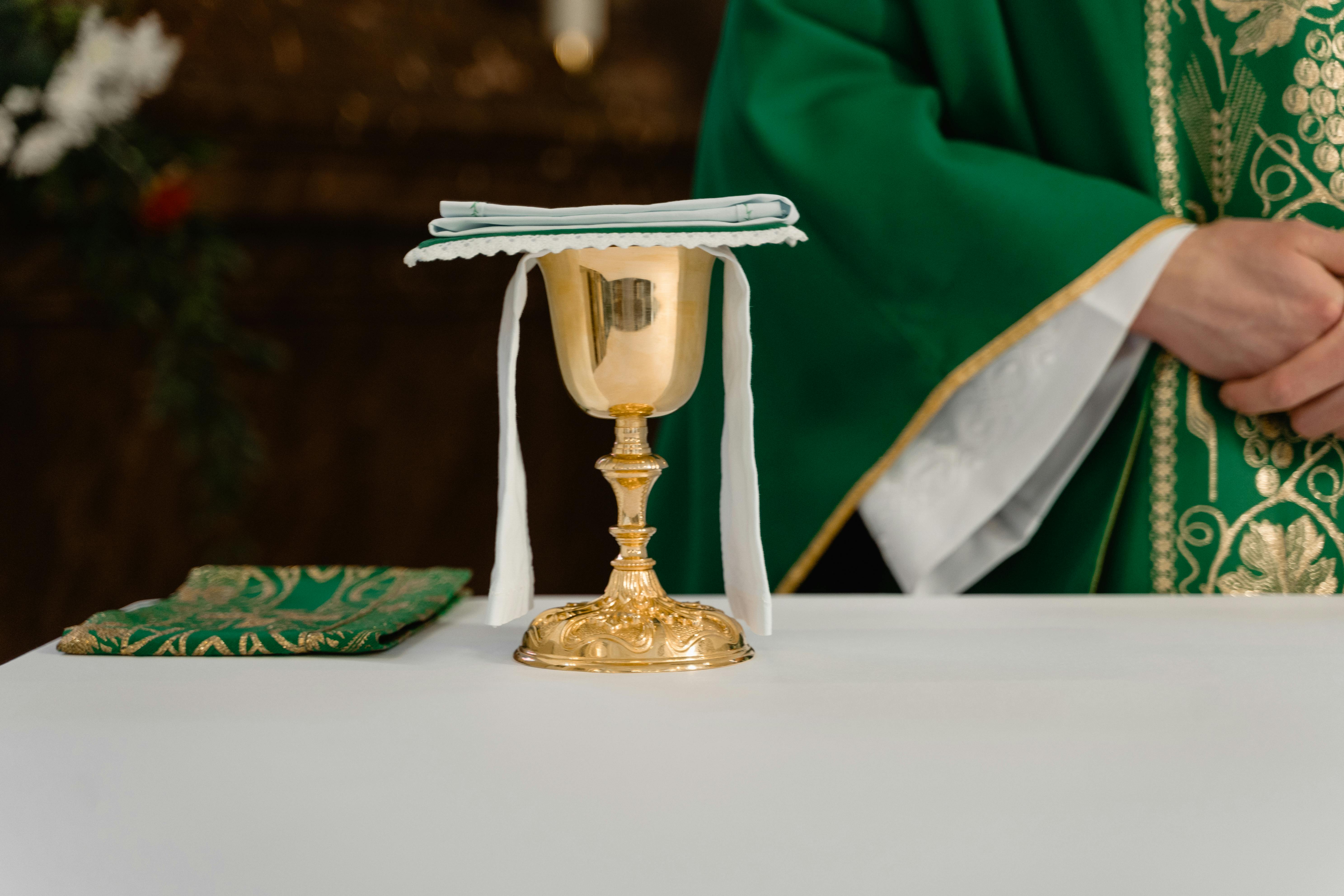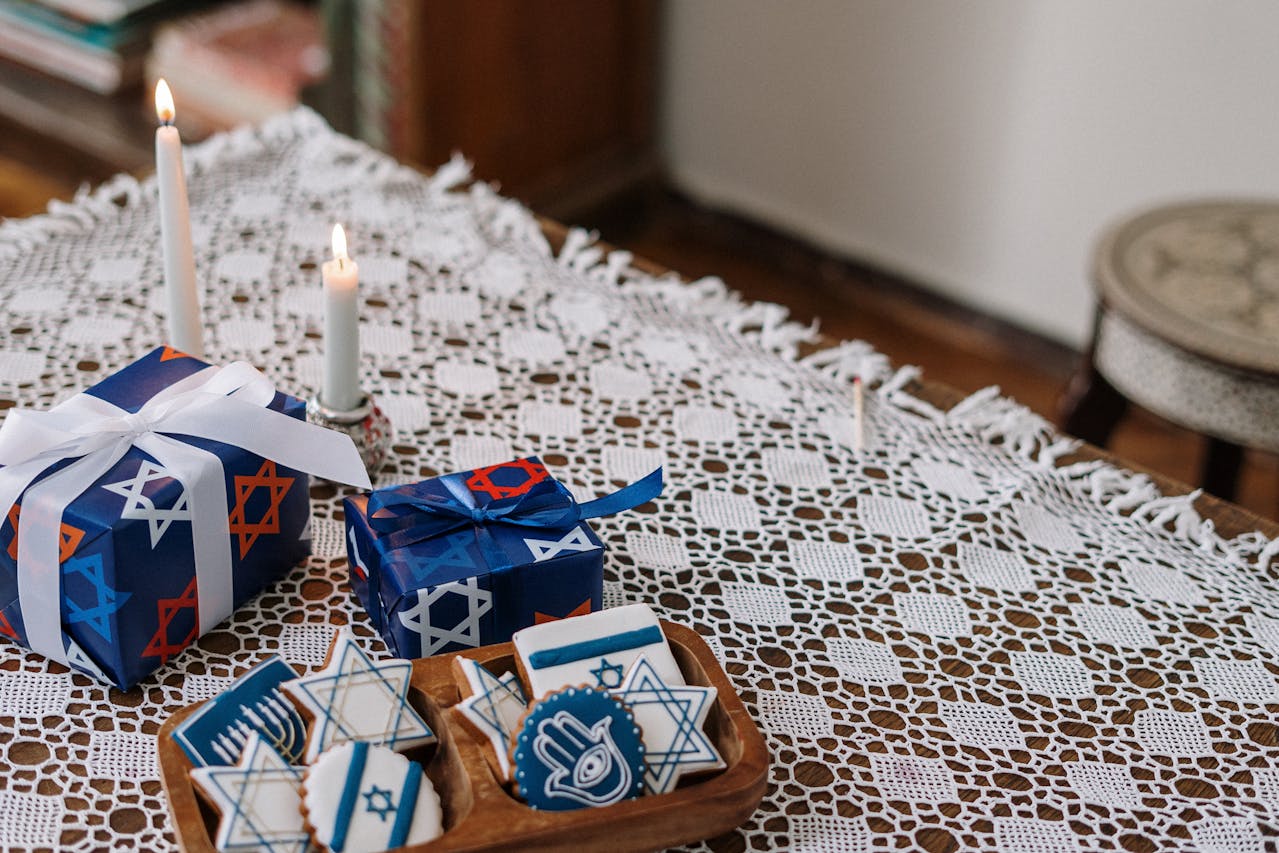Rituals and Ceremonies: Exploring the Symbolism Behind Religious Practices
Rituals and ceremonies are integral components of religious traditions around the world, serving as powerful expressions of faith, identity, and cultural heritage. These sacred practices are imbued with deep symbolism and meaning, offering believers a tangible way to connect with the divine, commemorate significant events, and foster a sense of community and belonging. In this exploration, we delve into the rich tapestry of religious rituals and ceremonies, uncovering the profound symbolism behind these age-old practices.
Rituals and Ceremonies: Exploring the Symbolism Behind Religious Practices
Rituals and ceremonies are integral components of religious traditions around the world, serving as powerful expressions of faith, identity, and cultural heritage. These sacred practices are imbued with deep symbolism and meaning, offering believers a tangible way to connect with the divine, commemorate significant events, and foster a sense of community and belonging. In this exploration, we delve into the rich tapestry of religious rituals and ceremonies, uncovering the profound symbolism behind these age-old practices.


Communion: Sharing Divine Grace
Communion, also known as the Eucharist or Holy Communion, is a central ritual in many Christian traditions, symbolizing the spiritual nourishment and unity believers experience through the body and blood of Christ. By partaking in the sacramental elements of bread and wine, worshippers affirm their faith, commemorate the Last Supper, and unite in fellowship with one another and with God.
Communion: Sharing Divine Grace
Communion, also known as the Eucharist or Holy Communion, is a central ritual in many Christian traditions, symbolizing the spiritual nourishment and unity believers experience through the body and blood of Christ. By partaking in the sacramental elements of bread and wine, worshippers affirm their faith, commemorate the Last Supper, and unite in fellowship with one another and with God.
Hajj: Journey of Spiritual Renewal
Hajj, the pilgrimage to Mecca, is one of the Five Pillars of Islam and a sacred duty for Muslims who are physically and financially able to undertake the journey. Symbolizing the unity of the Muslim ummah (community) and the submission of believers to the will of Allah, Hajj is a profound spiritual experience marked by rituals such as the Tawaf (circumambulation of the Kaaba), the Sa'i (ritual walking between the hills of Safa and Marwa), and the symbolic stoning of the Devil at Mina.
Bar and Bat Mitzvah: Coming of Age and Covenant
Bar and Bat Mitzvah ceremonies mark the coming of age of Jewish adolescents and their assumption of religious responsibilities within the community. Symbolizing the passage from childhood to adulthood and the fulfillment of the covenant between God and the Jewish people, these ceremonies often include rituals such as the reading of Torah portions, blessings, and communal celebrations with family and friends.
Diwali: Festival of Lights and Renewal
Diwali, also known as the Festival of Lights, is a major Hindu celebration that symbolizes the victory of light over darkness, good over evil, and knowledge over ignorance. Through rituals such as the lighting of oil lamps (diyas), the exchange of sweets and gifts, and the offering of prayers to the goddess Lakshmi, believers seek to purify their homes and hearts, invite prosperity and abundance, and celebrate the triumph of righteousness.
Hajj: Journey of Spiritual Renewal
Hajj, the pilgrimage to Mecca, is one of the Five Pillars of Islam and a sacred duty for Muslims who are physically and financially able to undertake the journey. Symbolizing the unity of the Muslim ummah (community) and the submission of believers to the will of Allah, Hajj is a profound spiritual experience marked by rituals such as the Tawaf (circumambulation of the Kaaba), the Sa'i (ritual walking between the hills of Safa and Marwa), and the symbolic stoning of the Devil at Mina.
Bar and Bat Mitzvah: Coming of Age and Covenant
Bar and Bat Mitzvah ceremonies mark the coming of age of Jewish adolescents and their assumption of religious responsibilities within the community. Symbolizing the passage from childhood to adulthood and the fulfillment of the covenant between God and the Jewish people, these ceremonies often include rituals such as the reading of Torah portions, blessings, and communal celebrations with family and friends.
Diwali: Festival of Lights and Renewal
Diwali, also known as the Festival of Lights, is a major Hindu celebration that symbolizes the victory of light over darkness, good over evil, and knowledge over ignorance. Through rituals such as the lighting of oil lamps (diyas), the exchange of sweets and gifts, and the offering of prayers to the goddess Lakshmi, believers seek to purify their homes and hearts, invite prosperity and abundance, and celebrate the triumph of righteousness.
Yom Kippur: Day of Atonement and Repentance
Yom Kippur, the Day of Atonement, is the holiest day in the Jewish calendar, marked by fasting, prayer, and repentance. Symbolizing purification, forgiveness, and reconciliation with God, Yom Kippur offers believers an opportunity to reflect on their actions, seek forgiveness for sins, and renew their commitment to living a righteous and ethical life.
Yom Kippur: Day of Atonement and Repentance
Yom Kippur, the Day of Atonement, is the holiest day in the Jewish calendar, marked by fasting, prayer, and repentance. Symbolizing purification, forgiveness, and reconciliation with God, Yom Kippur offers believers an opportunity to reflect on their actions, seek forgiveness for sins, and renew their commitment to living a righteous and ethical life.


Vesak: Celebrating the Birth, Enlightenment, and Passing of the Buddha
Vesak, also known as Buddha Day, commemorates the birth, enlightenment, and death of Siddhartha Gautama, the founder of Buddhism. Symbolizing the cycle of life, death, and rebirth, Vesak is marked by rituals such as the offering of flowers, candles, and incense at Buddhist temples, meditation practices, and acts of generosity and compassion towards others.
Rituals and ceremonies are powerful expressions of religious faith and identity, serving as vehicles for spiritual connection, cultural preservation, and communal solidarity. Whether through the sharing of communion in Christian worship, the pilgrimage to Mecca during Hajj, or the celebration of Diwali and Vesak, believers around the world find meaning, solace, and inspiration in these sacred practices. By exploring the profound symbolism behind rituals and ceremonies, we gain a deeper understanding of the diverse tapestry of religious traditions and the universal human longing for transcendence, meaning, and connection with the divine.
Vesak: Celebrating the Birth, Enlightenment, and Passing of the Buddha
Vesak, also known as Buddha Day, commemorates the birth, enlightenment, and death of Siddhartha Gautama, the founder of Buddhism. Symbolizing the cycle of life, death, and rebirth, Vesak is marked by rituals such as the offering of flowers, candles, and incense at Buddhist temples, meditation practices, and acts of generosity and compassion towards others.
Rituals and ceremonies are powerful expressions of religious faith and identity, serving as vehicles for spiritual connection, cultural preservation, and communal solidarity. Whether through the sharing of communion in Christian worship, the pilgrimage to Mecca during Hajj, or the celebration of Diwali and Vesak, believers around the world find meaning, solace, and inspiration in these sacred practices. By exploring the profound symbolism behind rituals and ceremonies, we gain a deeper understanding of the diverse tapestry of religious traditions and the universal human longing for transcendence, meaning, and connection with the divine.





























